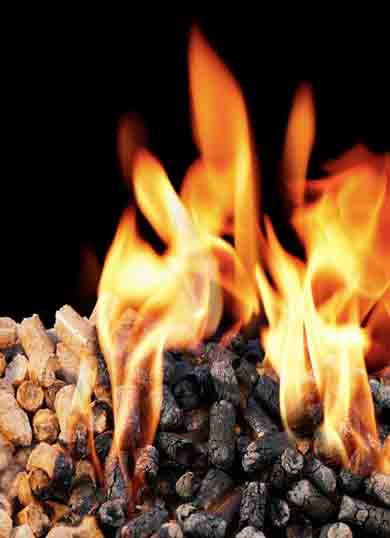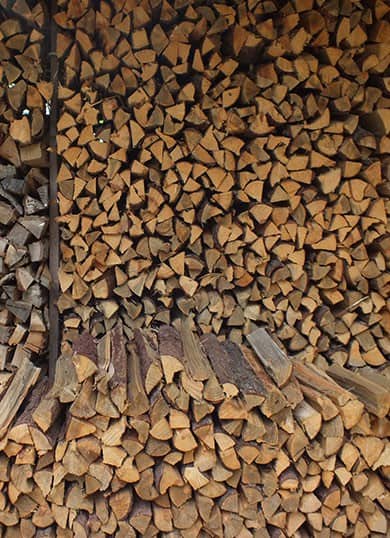Renewable Energy
In 2007 the European Union agreed new climate and energy targets
- 20% reduction in Green House Gases by 2020
- 20% energy efficiency by 2020
- 20% energy consumption to be from renewable sources by 2020.
- Irelands overall target is to achieve 16% of energy from renewable sources by 2020. The present share is c. 4.5%.
Presently 96% of all Europe’s renewable heat comes from wood. Wood energy is energy produced from wood and/or wood by-products. It is a home-grown, renewable, sustainable, carbon neutral and secure source of energy.
Therefore timber can contribute to meeting the targets in 3 sectors
- Electricity from the biomass sector
- Heating and cooling – share of renewables could more than double – most of this growth could come from biomass
- Agriculture is expected to contribute the most when it comes to transportation biofuels, this will later be complemented by cellulosic ethanol from timber

Government targets for renewable energy are
- 44% of electrical consumption from renewables by 2020
- 12% renewable heat by 2020
- 30% co-firing with biomass at the 3 peat power stations by 2015
- 800 MW of combined heat and power by 2020
- 10% transport biofuels by 2020
The Republic of Ireland currently imports c. 89% of its total energy requirements. Energy demand is increasing by c.5% per annum. Wood as an indigenous energy source can contribute significantly to; reducing our import dependence, improving our trade balance and reversing the decline in indigenous energy production of 56% since 1990.
These targets are already having an effect on the supply – demand balance of roundwood in Ireland. Demand for forestry biomass is already exceeding supply. The Coford roundwood supply and demand forecast, predicts a deficit of almost 2 million M3 by 2020 with demand far outstripping supply.
- To meet government targets by 2020 a biomass supply of 2.7 million green tones per annum will be required. Total harvest from Irish forests was 2.3 million M3 on 2008
Wood fuels are mainly sourced from young forests. If afforestation levels are not increased and maintained at 15,000 ha per annum plus then wood fuel supply will not be sustainable in the long term.

Types of wood fuel
Firewood
Firewood is one of the oldest and most popular fuel sources on earth. It is typically used in open fires, closed stoves or in small-scale central heating systems. Demand for quality firewood is increasing in Ireland, a trend that is set to continue in line with increasing oil prices.
Wood Chips
Logs can also be chipped and used for heat and/or electrical production. Pulpwood derived from thinning is used for this purpose in combined heat and power plants. Machines specifically designed for the purpose carry out chipping mechanically.
Wood Briquettes
Wood briquettes are made from compressed sawdust and are much larger than pellets. Again, they are used for domestic heating. After wind energy, wood fuels are the largest contributor to renewable energy generation in Ireland – contributing about 4.7 PJ of energy to renewable energy use.
Wood Pellets
Wood pellets are made from dry, untreated, industrial wood waste such as sawdust, shavings, chips from pulpwood, which under high pressure and temperature are compressed and pelletised. They are generally used for domestic heating and are a direct replacement for oil.

